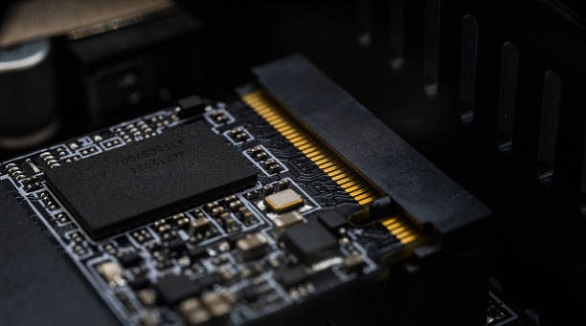Amplifier PCB
Amplifier PCBs enhance audio signals in devices like headphones and theater systems using components like transistors and capacitors for clear sound.
Amplifier PCBs are some of the most important features in audio electronics for functional and performing amplification systems. Normally, this is located at the heart of amplifiers found in personal headphones and expansive home theater systems. This article explores the function, design, and importance of amplifier PCBs and provides insight into their vital contributions toward sound reproduction.
An amplifier PCB is a circuit board that has been developed specifically to amplify an audio signal. These PCBs function as amplifier building blocks, accepting input signals and producing amplified signals, and are where many components join together to amplify audio signals to the necessary levels.
Components of Amplifier PCB
Transistors and OP AMPs: These active components are the foundation of signal amplification.
Capacitors and Resistors: Regulate, filter, and stabilize signals to provide optimum clarity and authenticity.
Input/Output Terminals: These are the connections between the original input and amplified output signals.
Substrate: This normally is a resin-reinforced fiberglass base that offers mechanical support and insulates the electric components from one another.
It is in capability and size that amplifier PCBs differ, but efficiently merge these elements in the discharge of their amplification roles.

Differences Between Amplifier PCBs and Standard PCBs
While both amplifier and standard PCBs use manufacturing processes like through-hole and surface mount technologies, the design and functional requirements definitely vary between the two:
Design Process: Amplifier PCBs are typically designed using schematic capture such as EasyEDA that can easily help in building a complex circuit. Major concerns for a designer are thermal management and power output/input optimization.
Performance Requirements: Other than ordinary PCBs, the amplifier board has a particular requirement for impedance where high input impedance and low output impedance ensure effective transfer of signals without any loss.
Component Considerations: In amplifier PCB, components are implemented in regard to their importance toward performance factors such as bandwidth, signal distortion, and power handling.
Functions and Applications
Amplifier PCBs are components useful in various practical functions:
Signal Amplification: These boards amplify signal amplitudes without frequency distortion, which is critical for successfully driving loudspeaker systems.
Signal Transformation: They have the ability to transform analog signals into digital waves, a prerequisite for modern audio processing systems seeking very high input saturation.
Driving Loudspeakers: With an amplifier PCB possessing high output resistance and voltage, they compile enough potential to adequately power audio output devices.
Specialized Uses: They find roles in applications like ultrasound scanning, metal fatigue detection, and as buffers in different electronic circuits.
Characteristics of Amplifier PCBs
Several characteristics define the effectiveness of amplifier PCBs:
High Input Impedance: Ensures minimal voltage drop across the amplifier, preventing the signal loading that can attenuate performance.
Limited Bandwidth: In order to match the frequency range being amplified, careful design is needed, striking a balance between reducing noise and preventing signal loss.
High Open-Loop Gain: Crucial for boosting signal strength without feedback, enabling adjustable feedback levels according to application requirements.
Low Output Impedance: Critical for effective signal delivery to connected output devices.
Thermal Management with Heat Sinks
Efficient thermal management is very essential in ensuring the reliability of amplifier PCBs. Sinks usually made from these highly conductive materials, such as aluminum, are very important in dissipating unwanted heat produced during operation. These components often operate along with thermovia and copper coins to realize thermal relief, hence enabling the system to operate within safe temperature ranges and experience long-term reliability.

Amplifier PCBs form a pivotal element in audio electronic systems, serving the essential function of enhancing and managing audio signals across a broad spectrum of applications. Their unique design considerations and functional capabilities point out their importance from simple consumer audio devices to sophisticated professional sound systems. It can unleash the potential of amplifier PCBs, with their characteristics and roles, to successfully realize high-quality sound reproduction that meets growing demands for more complex and varied audio applications. In turn, this brings an appreciation for sophistication in the everyday technologies that bring sound to life, by the professional and enthusiast alike.
Hot Tags:
Contact us

If you can't find what you're looking for, please contact us.
Article

IC boards, integral to electronics, integrate circuits on PCBs, offering cost-effectiveness, miniaturization, and versatility across various technologies.

Black FR4 PCBs offer aesthetic and functional benefits, including light blocking, heat dissipation, and enhanced signal performance, suitable for electronics.

Flex PCBs fit into devices, saving space, while Rigid-Flex PCBs combine flexible and rigid parts, ideal for varied applications. PCBX offers custom designs, rapid prototyping, and high-quality manufacturing.
